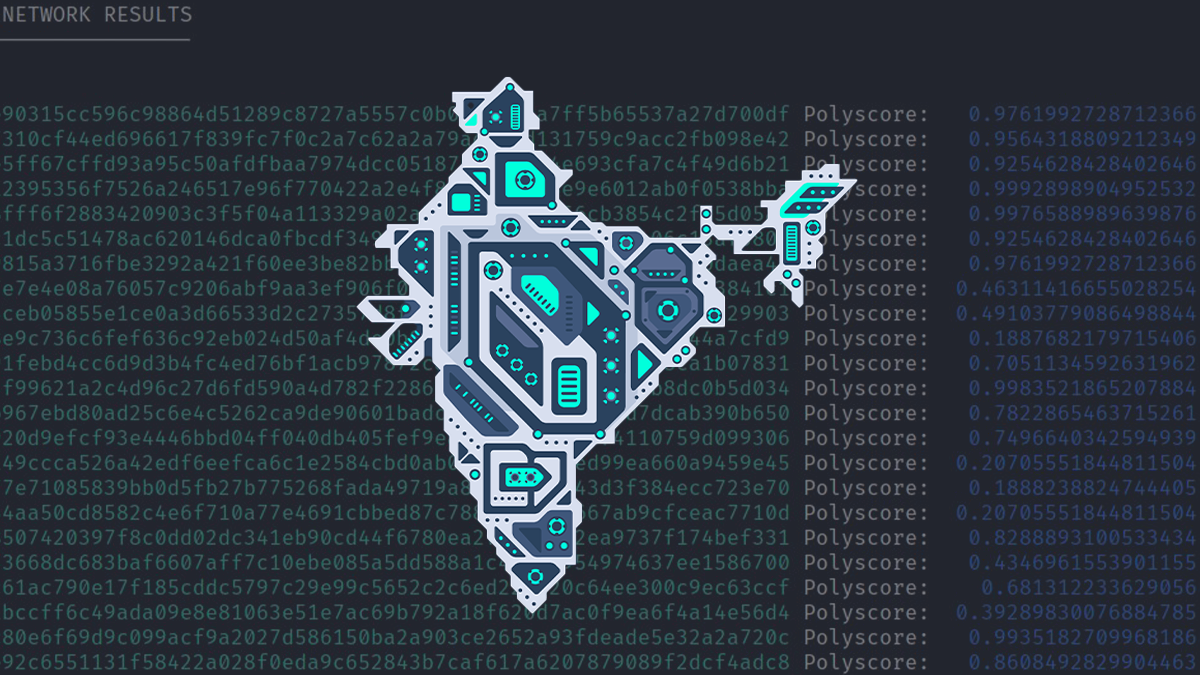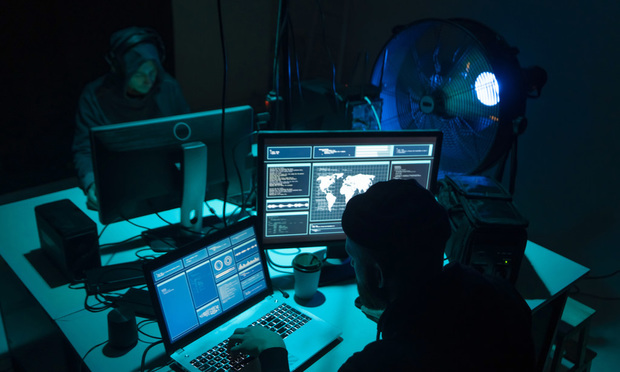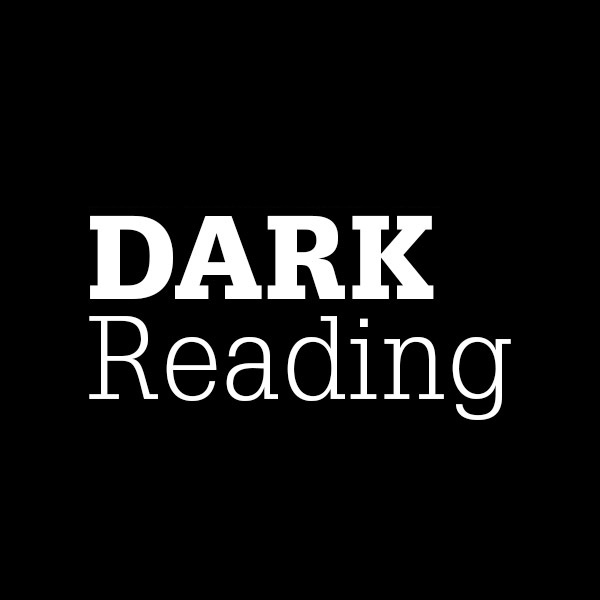Indian cyber-espionage activity rising amid growing rivalry with China, Pakistan
Cyber warfare: a Bollywood special

ANALYSIS India is sometimes overlooked by some in the threat intelligence community, even though the South Asian nation has advanced cyber capabilities – not least a huge pool of talent.
The country boasts a large number of engineers, programmers, and information security specialists, but not all of this tech talent was put to good use, even before the Covid-19 pandemic cast a shadow over the global economy.
Their somewhat limited employment prospects are said to have created a swarm of underground Indian threat actors eager to show off their hacking talents and make money – a resource that the Indian government might be able to tap into in order to bolster its own burgeoning cyber-espionage resources.
India is in catch-up mode for now, but has the technical resources to make rapid progress.
Who is being targeted by Indian hacking groups?
Geopolitical factors have fueled an increase in cyber threat activity both originating from and targeting India.
Experts quizzed by The Daily Swig were unanimous in saying that the most important target of Indian cyber-espionage by far is Pakistan – a reflection of the decades-long struggle over the disputed region of Kashmir.
China, India’s neighbour and an ally of Pakistan, is also a top target of state-sponsored Indian cyber-espionage.
Paul Prudhomme, head of threat intelligence advisory at IntSights, told The Daily Swig: “Indian cyber-espionage differs from that of other top state-sponsored threats, such as those of Russia and China, in the less ambitious geographic scope of their attacks.”
RECOMMENDED H2C smuggling named top web hacking technique of 2020
Other common targets of Indian hacking activity include other nations of the South Asian subcontinent, such as Bangladesh, Sri Lanka, and Nepal. Indian espionage groups may sometimes expand their horizons further to occasional targets in Southeast Asia or the Middle East.
Indian cyber-espionage groups typically seek information on Pakistan’s government, military, and other organizations to inform and improve its own national security posture.
But this is far from the only game in town.
For example, one Indian…



